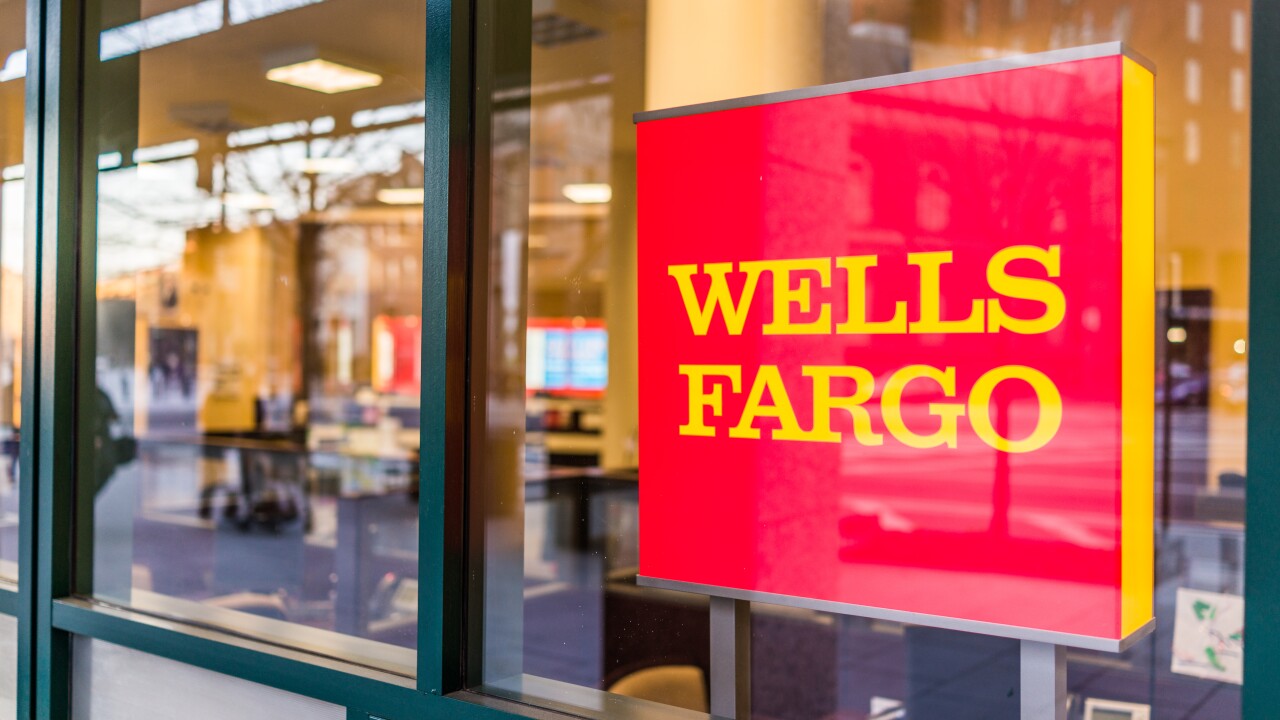The already large yet widening racial wealth gap means that the smallest individual acts to invest and open access to capital carry an outsize impact, the author of a new book said.
"Because a lot of quote unquote 'minority communities' are going to be on the smaller side of things or not even in the game, if you can focus on the 'small' and focus on folks who are not in the game, you are going to disproportionately pick up those communities," said Cliff Goins, a onetime aspiring financial advisor who's now a private investor and the author of "
The book starts with the ample statistics and research documenting the causes and evidence of racial wealth disparities before busting some myths around them. Those include the idea that the chasm is too large to lessen in any meaningful way — and the notion "that Black Americans can solve it themselves," when the gap is "an all-American problem, because we are essentially underutilizing a big portion of our economic power," Goins said in an interview. His call to action also provides advisors and other professionals across the financial services with nine profiles of "gap closers" whose achievements illustrate the potential of that collaboration.
"It is the case that most Black families are not in a deficit of finances because of a lack of education about finances," Goins said. "It's really more about just understanding the actual playing field before you go about trying to solve the problem."
READ MORE:
Stats and words
In some circles, though, even the acknowledgment that Black households
Any possible recession stemming
Since "the frictions have really begun to intensify" in the current political environment, financial professionals seeking to bridge the divide may find some success with an understanding that the letters "DEI" often "spur polar opposite reactions" from underlying areas of agreement across political persuasions, Neal said.
"We may differ on words, but we may not differ so much on concepts," he said. "In a conversation around, should everyone who lives in our country have an opportunity to pursue their goals, then we find less polarity and more agreement. … In some ways, it will uncover that we're not as far apart on those issues as we might think."
READ MORE:
Open for business
"Minding the Wealth Gap" offers examples proving that point.
Goins is a private investor who advised small businesses on growth into large enterprises at an Amazon startup and led operations and strategy for a billion-dollar investment technology unit of Northern Trust. In the book, he credits his first job after college at Ameriprise for teaching him that "the impact of turning negative compounding into positive compounding would be epic for closing the racial wealth gap" and that his analytical skills fit a career in money management better than his initial plan to be a financial advisor.
"I bailed on that idea when I realized how much pure sales were part of the gig," Goins writes. "Since then, I've worked in and around various facets of what is known as 'capital markets' for most of my career. It's a catch-all for how money moves around and, ultimately, how people make money through investing or facilitating investments."
The idea for the book came to Goins when he considered the question, "How can we elevate Black leaders who are actually doing something about it?" he noted. These leaders and their work needed "to be magnified in a big way" in discussions about the wealth gap, Goins said.
He studied and spoke with entrepreneurs and professionals like Shundrawn Thomas, a former president of Northern Trust and a close friend of Goins' for decades who started private investment firm
"There are some people who are essentially aligning with the corporate goals but also able to provide resources that, essentially, at the end of the day, close the wealth gap around business ownership and entrepreneurship," he said. "We all have a play to make, so we all have an opportunity, whether it's on a small scale or large scale, to leverage our resources to close it."
READ MORE:
Realities on the ground
At the same time, that requires letting go of some delusions that may hinder collaboration, he writes. One revolves around homeownership.
"There's no doubt higher homeownership rates could help narrow the gap, but housing is a component of wealth, not necessarily a driver," Goins said. "There is also a very distinct difference in home values in white neighborhoods versus Black ones."
The Black homeownership rate climbed more than three percentage points to 44.3% in 2022 from 41.2% in 2015,
That means that unlocking tools for building wealth through buying a home or investing should come alongside "true cross-pollination across communities" in the form of joint efforts between many racial groups and people of any background, Thomas told Goins.
"'It is very important to change the equation that we see in access to capital. Access to capital is highly inequitable. And what's unfortunate for me, as much as I've loved my investment career over three decades, it's virtually unchanged,'" Thomas is quoted in the book as saying. "This becomes particularly important as Shundrawn notes, 'The majority of the citizens of the United States will be from ethnically diverse backgrounds, and that's already true for our population that's 20 and under … as investors, we think it's a tremendous investment opportunity.'"
READ MORE:
Getting involved
In other words, advisors and anyone else interested in participating in change could play a valuable role by
The work of professionals from wealth management and other areas of finance looms large in that mission.
"This book is a call to activate solutions from wherever you are, whatever your influence, and wherever you find passion," Goins writes. "You can unlock access, equitable wages, investments and property ownership for people who have never experienced it before. You, my friends, are the key."






